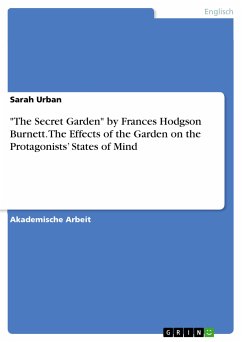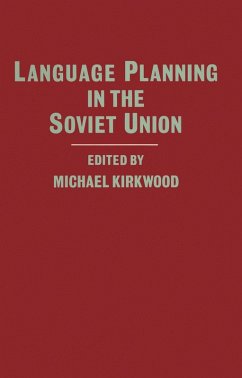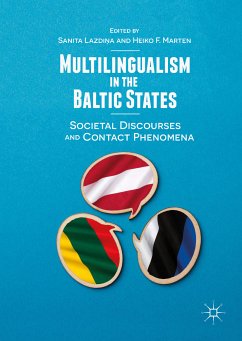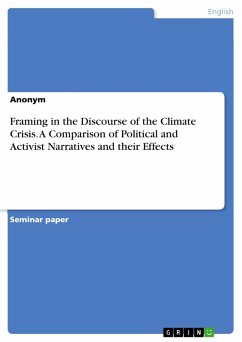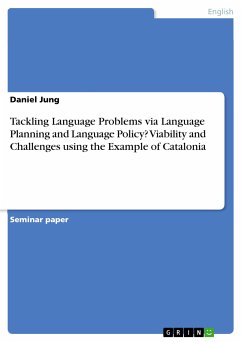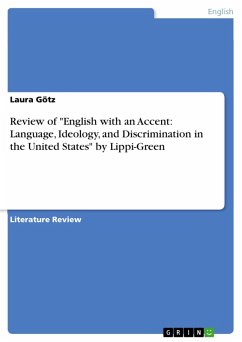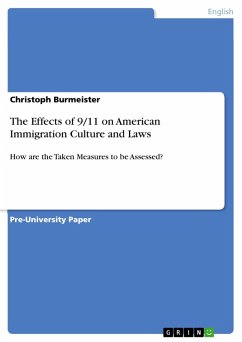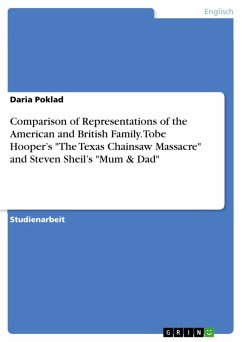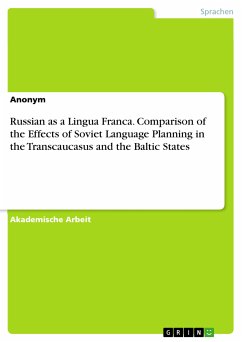
Russian as a Lingua Franca. Comparison of the Effects of Soviet Language Planning in the Transcaucasus and the Baltic States (eBook, PDF)

PAYBACK Punkte
0 °P sammeln!
Akademische Arbeit aus dem Jahr 2020 im Fachbereich Russistik / Slavistik, Note: 2,0, Háskóli Íslands (Humanities), Veranstaltung: Languages and Cultures, Sprache: Deutsch, Abstract: This paper aims to examine and compare the impact of the effects of Soviet language planning in the Transcaucasus territory and the Baltic States by taking a closer look at the relation between culture, politics, and language. In order to achieve this, the points The Transcaucasus and the Baltic States, Major ethnicity and language differences, Differences to language situation and differences to literacy and w...
Akademische Arbeit aus dem Jahr 2020 im Fachbereich Russistik / Slavistik, Note: 2,0, Háskóli Íslands (Humanities), Veranstaltung: Languages and Cultures, Sprache: Deutsch, Abstract: This paper aims to examine and compare the impact of the effects of Soviet language planning in the Transcaucasus territory and the Baltic States by taking a closer look at the relation between culture, politics, and language. In order to achieve this, the points The Transcaucasus and the Baltic States, Major ethnicity and language differences, Differences to language situation and differences to literacy and written culture in the Soviet Union, Influence of the Soviet language policy and major similarities and dissimilarities, Status of the Russian language by the end of the Soviet Union and today are examined leading towards the conclusion of this term paper. Being the official language of Russia, Belarus, Kazakhstan and Kyrgyzstan as well as being widely spoken throughout the Baltic states, the Caucasus and Central Asia the Russian language is one of the top ten most widely used languages in Europe respectively Eurasia. According to the number of speakers - 260.000 worldwide in 2012 with 150.000 of them being native speakers - Russian can be considered a world language which plays an important role as a lingua franca throughout the post-Soviet region. It is one of the six official United Nations languages and also the second most widespread language on the internet. Large numbers of Russian speakers can also be found in Mongolia and Israel. Belonging to the family of East Slavic languages it is written in with the Cyrillic alphabet and being closely related to Belarusian and Ukrainian. The Russian language - or ¿¿¿¿¿¿¿ ¿¿¿¿ as it is written in the Cyrillic standard script - belongs to the branch of the Slavic languages and partly to the Balto-Slavic branch of the Indo-European language tree. The language was influenced and shaped by a number of factors of cultural and political nature such as reforms of the Russian Empire and Soviet Union.
Dieser Download kann aus rechtlichen Gründen nur mit Rechnungsadresse in A, B, BG, CY, CZ, D, DK, EW, E, FIN, F, GR, HR, H, IRL, I, LT, L, LR, M, NL, PL, P, R, S, SLO, SK ausgeliefert werden.




